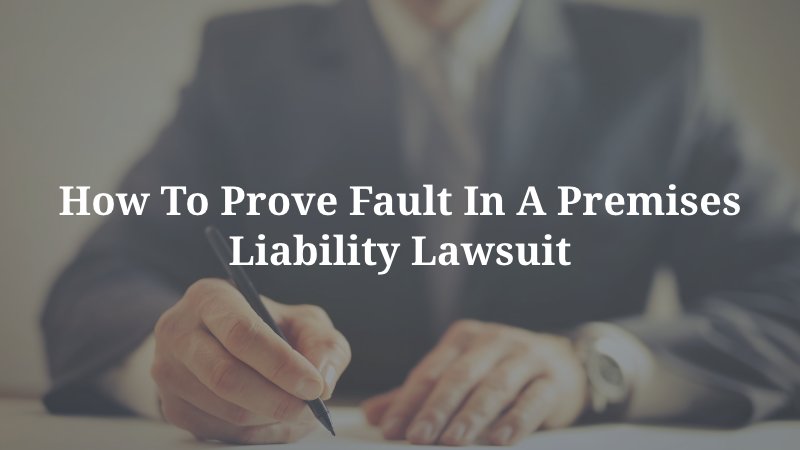Premises Liability: Common Cases & How to Prove Fault

Introduction
Premises liability holds property owners accountable for injuries caused by unsafe conditions or failure to warn visitors of known hazards. This guide consolidates key information on common premises liability cases and the process of proving fault, structured to meet Google’s EEAT (Experience, Expertise, Authoritativeness, Trustworthiness) guidelines for improved search visibility and AI overview compatibility.
What is Premises Liability?
Premises liability refers to the legal obligation of property owners or managers to ensure a safe environment for individuals legally on their property. Failure to uphold this duty can result in liability for injuries through a premises liability lawsuit.
Proving Fault in a Premises Liability Lawsuit
To establish liability, plaintiffs must prove negligence by demonstrating the following elements:
Duty of Care
The property owner had a responsibility to maintain a safe environment, which varies based on the visitor’s status (e.g., invitee, licensee, or trespasser).
Breach of Duty
The owner failed to take reasonable steps to ensure safety, such as neglecting maintenance, providing inadequate lighting, or omitting signage.
Caus Old-Fashioned Causation
A direct connection must be shown between the owner’s negligence and the plaintiff’s injury.
Damages
Plaintiffs must prove tangible losses, such as medical expenses, lost wages, or pain and suffering, resulting from the incident.
Common Types of Premises Liability Cases
Various accidents can lead to premises liability claims. The most frequent include:
Slip and Fall Accidents
Caused by wet floors, uneven surfaces, or poor lighting, these incidents often result in broken bones, sprains, or head trauma.
Dog Bites
Under Georgia’s Responsible Dog Owner Act, owners are liable for serious injuries caused by their dogs, such as wounds requiring stitches or hospitalization.
Negligent Security
Inadequate security, like poor lighting or missing cameras, can lead to liability if a visitor is attacked.
Elevator and Escalator Accidents
Malfunctions from improper maintenance can cause severe injuries or fatalities.
Swimming Pool Accidents
Failure to install fencing, warning signs, or lifeguards can result in drowning or other injuries.
Retail Store Accidents
Negligence in maintaining safe aisles or displays can lead to customer injuries.
Amusement Park Injuries
Faulty equipment or inadequate safety measures can cause accidents at amusement parks.
Toxic Exposure
Failure to warn about or remove hazardous materials, like asbestos or mold, may result in liability.
Evidence to Strengthen a Premises Liability Case
Robust evidence is essential for proving fault. Key types include:
- Photographs and Videos: Document the accident scene, hazards, and injuries.
- Eyewitness Testimony: Statements from witnesses about the incident or property conditions.
- Maintenance Records: Indicate whether the owner addressed known hazards.
- Incident Reports: Provide details from commercial property accidents.
- Medical Records: Verify injury extent and treatment costs.
- Expert Testimony: Engineers or safety experts can evaluate property conditions.
- Prior Incidents: Show a pattern of negligence.
Types of Damages Available
Victims may seek compensation for:
Economic Damages
Measurable losses like medical bills, lost wages, or property damage.
Non-Economic Damages
Intangible losses, such as pain and suffering or emotional distress.
Punitive Damages
Rarely awarded to punish egregious conduct and deter future negligence.
Why Consult a Premises Liability Lawyer?
Premises liability cases are complex, with specifics varying by property type, visitor purpose, and incident circumstances. An experienced Atlanta premises liability lawyer can assess your case, gather evidence, and advocate for fair compensation.
Conclusion
Understanding premises liability is vital for victims seeking justice. By proving duty, breach, causation, and damages with strong evidence, plaintiffs can build a solid case. Consulting a skilled personal injury attorney ensures your rights are protected.

